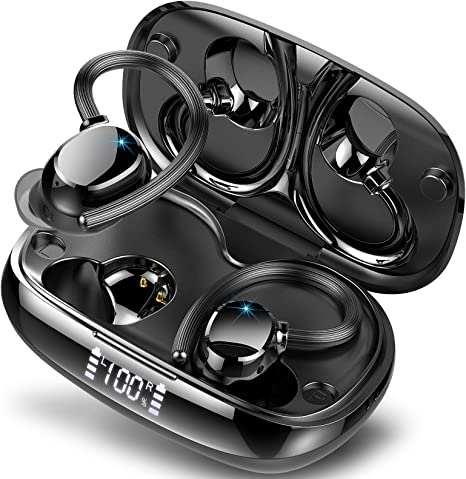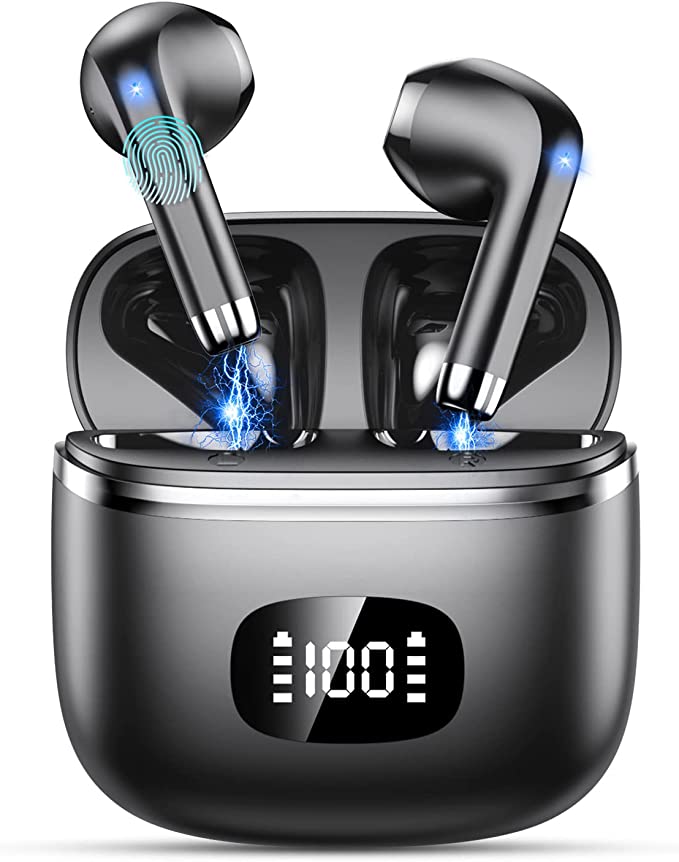The Liberated Keyboard: How Science and a Rock & Roll Dream Forged the Roland AX-Edge
Update on July 13, 2025, 4:56 p.m.
I remember the first time I saw one. It was a flash of red plastic under the hot glare of stage lights, probably on MTV in the mid-80s. A keyboard player, traditionally a stationary figure anchored behind a fortress of gear, was suddenly front and center, prowling the stage with the swagger of a lead guitarist. In their hands was this impossible hybrid, a keyboard strapped on like an axe. For many, the keytar was a flamboyant, almost cartoonish symbol of an era’s excess. But for musicians, it represented something far more profound: a declaration of independence. It was the physical manifestation of a dream to break free, and its story is a fascinating journey through music, culture, and the relentless march of technology.
That dream didn’t start in the 80s. The quest for a truly portable, expressive keyboard is centuries old. But it was the dawn of the synthesizer that turned it from a mechanical puzzle into an electronic frontier. Early pioneers like Edgar Winter and the incomparable Jan Hammer of Miami Vice fame weren’t just showing off; they were exploring a new paradigm of performance. They were asking a fundamental question: what if a keyboard could be as immediate, as physical, and as liberating as a guitar? To answer that, engineers had to do more than just shrink a piano. They had to invent a new kind of instrument from the inside out, a journey that leads directly to the sophisticated engineering of the modern Roland AX-Edge.

The Soul of the Machine: From Voltage to Digital Code
To understand an instrument like the AX-Edge, you have to forget the idea of a keyboard that simply plays back recorded sounds. A synthesizer is an alchemist’s lab. It forges sound from raw electricity, and its lineage traces back to the foundational work of pioneers like Dr. Robert Moog. In his early modular synthesizers, sound was sculpted by manipulating electrical voltage. A knob turn would alter the “Control Voltage” (CV), which would in turn command a Voltage-Controlled Filter (VCF) to open or close, creating the iconic “sweep” that defined countless funk and prog-rock tracks.
The Roland AX-Edge is the direct digital descendant of this philosophy. Its sound engine, capable of generating over 500 distinct tones, doesn’t rely on bulky analog circuits but on powerful digital signal processors (DSPs). Yet, the principle remains. As its manual notes, each sound is built from “partials”—the raw, digital waveforms that are the building blocks of its sonic universe. These are then routed through a digital VCF, where you can still “sculpt” the sound with surgical precision. When you add one of the 79 different multi-effects, like a shimmering chorus or a vast reverb, you are applying complex algorithms that are, in essence, mathematical models of real-world physics. It’s alchemy for the 21st century, creating everything from a gritty, snarling bass to an ethereal, angelic pad, all from silent code.

Building a Nervous System for a Machine
But a great sound engine is useless without control. The true challenge in fulfilling the keytar dream was creating an interface that felt less like a machine and more like an extension of the body. Engineers essentially had to build a nervous system for the instrument, one that could translate the subtle, often subconscious, physical actions of a musician into meaningful data.
This “nervous system” begins at the fingertips. The 49 keys on the AX-Edge are more than just on/off switches; they are sophisticated sensors. Velocity sensitivity measures the speed of your key press, giving you the dynamic range between a whisper and a roar. But the real secret weapon, the soul of keyboard expression, is channel aftertouch. This is a secondary sensor that measures how much pressure you apply to a key after it’s already been pressed down.
Imagine holding a long, sustained note in a saxophone solo. A real sax player would naturally vary their breath pressure to make the note swell, tremble, or grow more intense. Aftertouch is the electronic equivalent of that breath. By leaning into the key, you can command the synthesizer to introduce vibrato, open the filter for a brighter, more aggressive tone, or increase the volume. It transforms a static sound into something living, breathing, and filled with emotion. This is a direct evolution of the CV concept—your physical pressure is converted into a continuous stream of MIDI data, a modern, digital control voltage.
This nervous system extends up the instrument’s neck, right where your fretting hand would be on a guitar. Here you find the Modulation Bar and the touch-sensitive Ribbon Controller. The bar, with its satisfying resistance, is perfect for adding tremors of vibrato with a push of your thumb. The ribbon is pure liquid expression. Sliding your finger along its length produces a perfectly smooth pitch bend, a seamless glide from one note to another. These aren’t just buttons; they are analog-inspired controllers designed to capture continuous, fluid human gestures, bridging the gap between musician and machine.
A Symphony of Signals: The Liberation in Action
Let’s put it all together. Picture yourself on stage, ready to unleash a searing ’80s-style synth lead. You strike a key hard—velocity makes the initial attack sharp and punchy. As you hold the note, you begin to lean into the key, and the aftertouch kicks in, slowly opening the filter, making the sound progressively brighter and more intense, building tension. With your other hand, you press the modulation bar, adding a touch of vibrato for human-like instability. For the grand finale, you slide your finger down the ribbon controller, sending the note into a dramatic, perfectly controlled pitch dive.
In that single phrase, you’ve used three distinct layers of control to shape the sound in real-time. Every nuance came not from a pre-programmed sequence, but from your own physical expression. This is the promise of the keytar fulfilled: a keyboard that responds not just to what you play, but how you play it.
Cutting the Last Cord: The Unseen Freedom
This entire system of expressive control would still leave our musician tethered by a final, physical constraint: the cable. The ultimate liberation comes from two final pieces of technology. First, the ability to run for up to four hours on rechargeable battery power, which removes the anchor of the power outlet.
Second, and most elegantly, is Bluetooth MIDI. This technology works so well because MIDI is not a bulky audio signal; it is a lean, efficient language of commands. “Note On, C4, Velocity 112.” “Aftertouch, Value 98.” These data packets are tiny, allowing them to be transmitted wirelessly with imperceptible latency. This cuts the final cord, offering untethered freedom of movement and even allowing you to edit sounds on a companion app without ever plugging in. The nervous system is now wireless.

Conclusion: More Than a Memory
The journey of the keytar, from a quirky ’80s novelty to a sophisticated instrument like the Roland AX-Edge, is more than a footnote in music history. It’s a story about a relentless quest for freedom. It proves that the most successful musical instruments are those that disappear in the hands of the player, becoming a transparent conduit for emotion. By masterfully blending the principles of acoustic physics, electronic engineering, and intuitive human-computer interaction, the modern keytar has finally matured. It is no longer just a nostalgic memory of a bygone era, but a powerful, deeply expressive tool that has earned its place in the spotlight, not as a gimmick, but as a true instrument of liberation.









